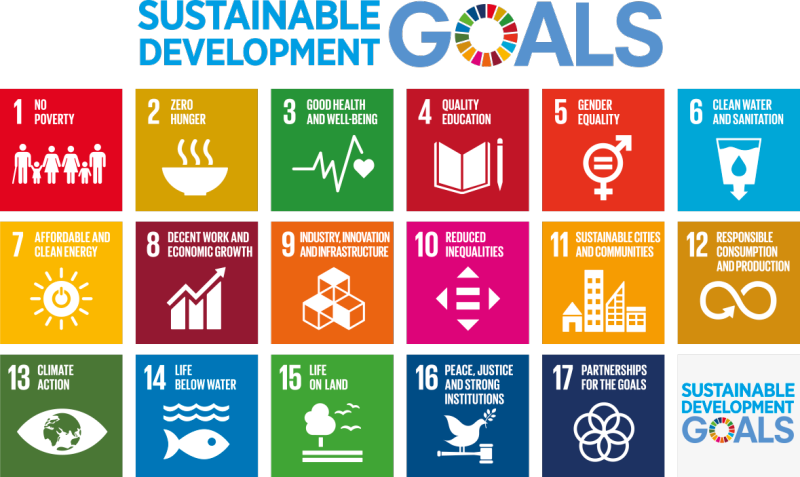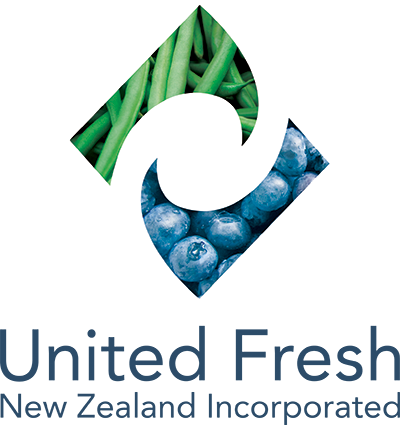Food Safety & Sustainability Update - Demystifying Smart Bioplastic Anti-Bacterial Food Packaging
4th September 2023
Food Safety & Sustainability Update - Demystifying Smart Bioplastic Anti-Bacterial Food Packaging
Shelf-life limitations of fresh produce, due to bacterial contamination or spoilage, presents a significant economic loss and limits the size and reach of overseas markets.
In addition to food waste, dealing with the petroleum-based plastic packaging waste associated with many food products is also a major issue.
With petroleum-based plastics often being considerably cheaper than biodegradable bioplastics, there is little incentive for food producers to go to the extra expense of using these alternatives. Bioplastics currently offer no extra functionality other than being biodegradable.
The MBIE Endeavour programme “Smart Bioplastics”, run by the Centre for Bioparticle Applications and hosted by Massey University, aims to deliver novel compostable or edible food packaging bioplastic materials that will limit or completely inhibit the growth of pathogenic and spoilage bacteria. Anti-bacterial activity is achieved by embedding engineered bioparticles on the surface of the bioplastic materials.
These bioparticles display anti-bacterial enzymes, derived from natural enemies of bacterial cells called phage. The enzymes are highly specific and can be used to target particular bacteria, such as unwanted bacteria contaminating fresh food products.
The researchers hope to add value to bioplastic packaging, as incorporating these anti-bacterial bioparticles will help reduce the bacterial growth that causes spoilage or food-borne illness. This creates a versatile and scalable food packaging material, that can respond to changing industry needs.
As these bioparticles are made out of natural bioplastic, they are also developing this technology into an exciting new type of packaging, where fresh food products could be sprayed with or dipped into edible, anti-bacterial coatings. This coating would extend shelf-life by serving as a barrier and reducing the growth of spoilage bacteria or food-borne pathogens. The coating could then be eaten along with the product, or dissolved during the cooking process.
While experiments have focused primarily on meat products so far, this technology could also be adapted to bacteria that negatively impact fresh produce.
Further applications could include reduction of problematic bacterial biofilm formation that poses a food safety risk in situations such as processing facilities or irrigation pipes.
This research gives us a view into the changing world of packaging and how functionality, as well as materials, may change in future.
See the Centre for Bioparticle Applications website for more information:
Environmental Impact of Food Categories Compared
This article shows how research is starting to provide tools the food industry can use to manage its environmental footprint. It may not apply directly to whole, unprocessed, fresh produce, but points to the direction we all need to move towards.
Scientists at Oxford University have developed an algorithm to give an environmental impact score for various food categories. They used public databases to estimate the composition of thousands of products and their impact.
Meat and dairy were found to have very high environmental impacts scores, particularly beef and lamb, which scored 34.72 on their scale, with deli meat and cheese next at 9.13.
Scores were based on the cultivation, processing, and transportation of products and ingredients, with the impacts being measured including greenhouse gas emissions and biodiversity.
There were also differences within product types. The highest impact pork sausage brand scored a third higher than the least impactful pork sausage brand. This means that recipe components can make a significant difference to the overall impact of a product.
Foods containing more meat and dairy scored higher than those containing more plant-based ingredients. Many meat alternative products scored between a fifth to a tenth of their meat equivalents.
Being able to compare the impact of multi-ingredient products allows food manufacturers to develop recipes that reduce environmental impact. It also provides a missing tool for retailers to work towards their net-zero emission targets.
The scientists hope their research can lead to an eco-label, with scores for the environmental impact of different products. This would help consumers to better understand the impact of different foods and to have more power to choose environmentally friendly options.
More information is available here.
United Nations Sustainable Development Goals
The United Nations Sustainable Development Goals (SGDs) are a set of 17 goals aiming to address a wide variety of objectives, related to ensuring worldwide environmental, social, and economic sustainability.
United Fresh has put together a guide on the SDGs and helpful ideas about how they can be applied to the New Zealand fresh produce industry.
Within each goal are a number of indicators that provide direction to what could be measured as an estimate of progress towards the broader goals.
The United Fresh Guidelines map these indicators to each goal and give practical opportunities for improving these indicators in a New Zealand fresh produce industry context.
For instance, a suggested potential opportunity in the Responsible Consumption and Production goal (SDG 12), is to develop and extend alternative channels to consumers for distribution of safe-to-eat fruit and vegetables unable to meet product specifications related to their originally intended use. This would improve the status of the waste generation and productive land indicators for that goal.
All 17 goals can be seen in the illustration below:

For the indicators and opportunities mapped out against the goals, see the United Fresh SDG Guidelines document is available here.
